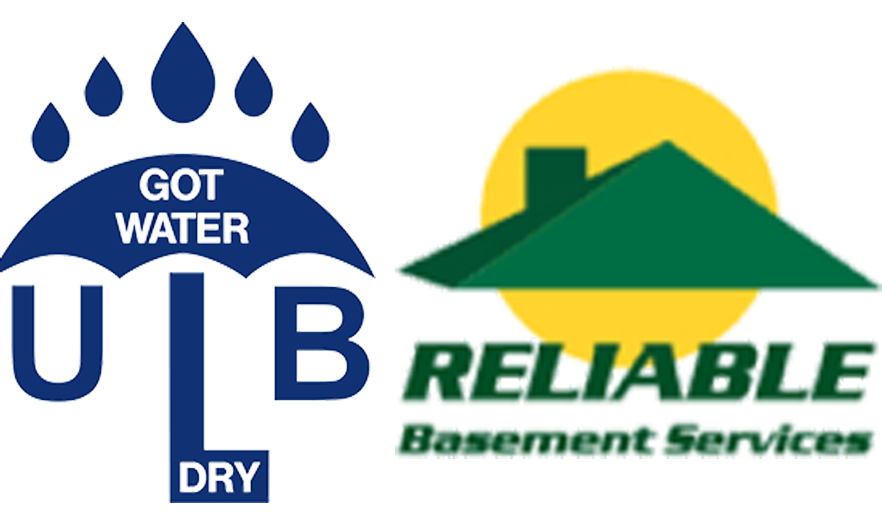
Basement waterproofing is a crucial aspect of home maintenance that often gets overlooked. However, neglecting this task can cause your basement to take in water, resulting in issues like mold growth, structural problems, and more. However, by taking the necessary steps to waterproof your basement, you can protect your basement and ensure its longevity.
Below, this basement waterproofing company in Hinsdale, Illinois is going to discuss some of the most common signs that your basement is taking in water, and we’ll also discuss some of the tools that can be used to stop this from occurring.
Signs That Your Basement Is Taking in Water
It’s important to be aware of the signs that indicate your basement may need to be waterproofed. Ignoring these signs can result in further damage and costly repairs down the line. Here are some common signs that your basement may need attention:
- Water stains: If you notice water stains on the walls or floors of your basement, it’s a clear indication that water is seeping in. These stains may appear as discoloration or dark patches.
- Musty odor: A persistent musty smell in your basement is often a sign of excess moisture. This odor is usually caused by the growth of mold and mildew, which thrive in damp environments.
- Visible mold growth: If you spot mold or mildew growing on the walls, floors, or any other surfaces in your basement, it’s a strong indication that there is a moisture problem. Mold can be harmful to your health and should be addressed immediately.
- Cracks in the walls or floors: Cracks in the walls or floors of your basement can be a result of water damage. These cracks can compromise the structural integrity of your home and should be addressed promptly.
If you notice any of these signs, it’s important to consult with a professional basement waterproofing company in Hinsdale, Illinois to assess the extent of the problem and recommend appropriate solutions.
Must-Have Tools for Basement Waterproofing
To effectively waterproof your basement, there are several must-have tools that you should have on hand. These tools will help you apply waterproofing sealants, prevent water buildup, and remove excess water. Here are three essential tools for basement waterproofing:
Trowels for Applying Waterproofing Sealants
Trowels are essential tools for applying waterproofing sealants to the walls and floors of your basement. These sealants create a protective barrier that prevents water from seeping in. Trowels allow for precise application, ensuring that the sealant is evenly spread and covers all areas that are susceptible to water infiltration.
When choosing a trowel, it’s best to use one that has a comfortable grip and a durable blade. Stainless steel trowels are a popular choice due to their longevity and resistance to rust. It’s important to remember to clean your trowel thoroughly after each use to maintain its effectiveness and prolong its lifespan.
Drainage Mats for Preventing Water Buildup
Drainage mats are an effective tool for preventing water buildup in your basement. These mats are typically made of durable plastic or rubber and feature channels or dimples that allow water to flow away from your foundation. By installing drainage mats along the perimeter of your basement walls, you can redirect water away from your home and prevent it from seeping into the foundation.
When choosing drainage mats, you should look for ones that are easy to install and have a high drainage capacity. Additionally, you’ll want to make sure the mats are compatible with the specific needs of your basement, taking into consideration factors such as the soil type and the amount of rainfall in your area.
Sump Pumps for Removing Excess Water
Sump pumps are essential tools for removing excess water from your basement. These pumps are typically installed in a sump pit, which collects water that enters your basement. When the water level in the pit reaches a certain point, the sump pump automatically activates, pumping the water out and away from your home.
When selecting a sump pump, your basement waterproofing company in Hinsdale, Illinois will look at factors such as the size of your basement and the amount of water that needs to be pumped out. They can help you choose a pump with a sufficient horsepower rating to handle the volume of water. Additionally, you may want to opt for a pump with a backup power source, such as a battery, to ensure it continues to function during power outages.
By having these must-have tools for basement waterproofing, you can effectively protect your home from water damage and ensure a dry and safe basement environment.
Looking for a Basement Waterproofing Company in Hinsdale, Illinois?
Is your basement currently taking in water? Looking for a professional basement waterproofing company in Hinsdale, Illinois that can assess the situation and provide a solution? If so, ULB-DRY Waterproofing is the company to call. Contact us today to learn how we can help.





